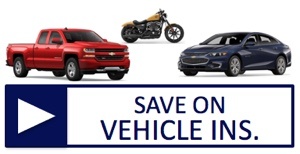 The right Restaurant Insurance coverage is an investment in your business or a safety net when (not if, but when) things go wrong – accidents, vandalism, fires, etc. But the wrong Restaurant Insurance can be an unnecessary expense.
The right Restaurant Insurance coverage is an investment in your business or a safety net when (not if, but when) things go wrong – accidents, vandalism, fires, etc. But the wrong Restaurant Insurance can be an unnecessary expense.
Here's what we mean…
Let's say you serve alcohol to someone at your restaurant. They get into a car accident on the way home, and your business gets sued for bodily injury or property damage caused by that person. The Liquor Liability Insurance you purchased helps cover legal costs, settlements or judgments, costs to repair damages, and medical bills. That's an investment.
Now, let's say you run a small diner. To determine your Workers' Compensation and General Liability Insurance premiums, your restaurant is classified as 0899 (Bar, Nightclub) instead of 0975 (Restaurant) as it should be. You're going to end up paying for potential risks that don't apply to your business. That is an unnecessary expense.
Here are some questions you can ask to ensure you get the "Right" Restaurant Insurance.
Is My Restaurant Correctly Classified?
As stated above, if your diner is incorrectly classified as a bar, you could be paying more in insurance premiums than you need to. On the other hand, if your bar is misclassified as a restaurant, you could find a gap in your coverage.
Do I Need Workers' Compensation?
The PA Department of Labor & Industry states, "If you employ workers in Pennsylvania, you must have workers' compensation insurance -- it's the law." Failing to carry appropriate workers' compensation insurance carries a potential $2,500 fine and up to one year in jail. Additionally, if the court determines the failure to comply is intentional, you could face a $15,000 fine and up to seven years in prison.
Do I Need Commercial Auto Insurance?
If your restaurant has a vehicle that you or an employee uses for business, you need Commercial Auto Insurance. Most personal auto insurance policies will exclude business use, so if you're in an accident while conducting business for your restaurant and only have personal auto insurance, your claim will probably be denied. If an employee uses their own car for restaurant business, such as delivering food or going to the bank, you need Hired or Non-Owned Auto coverage.
Do I Need Cyber Liability Insurance?
If you gather any type of personal information – which most restaurants do – you should have Data Breach and Cyber Liability Insurance. Don't think that just because you are a small business that you aren't susceptible to data breaches. Verizon Business 2020 Data Breach Investigations Report found that "Almost a third or 28% of data breaches in 2020 involved small businesses." One data breach can cost your business thousands of dollars.
Are There Any Gaps in My Insurance?
Think about your assets – property, employees, equipment, vehicles, etc. – and your potential risks – fire, injury, etc. to determine if there are any gaps in your insurance. An insurance agent specializing in Restaurant Insurance understands the unique challenges and risks inherent in the restaurant industry and knows the right questions to ask to ensure that you don't have any coverage gaps.
How Can I Lower My Restaurant Insurance?
The right Restaurant Insurance coverage helps protect you, your restaurant, employees, and customers, but that doesn't mean you should pay more than you need to for that coverage. Here are a few tips to lower your Restaurant Insurance costs:
-
- Focus on Safety
- Improve Security
- Hire Wisely
- Pay Upfront
- Increase Your Deductible
- Carry the Right Coverage
- Bundle
- Review Your Policies Annually
- Work With an Independent Agent
We Specialize in Restaurant Insurance!
The agents at American Insuring Group specialize in Restaurant Insurance. As independent agents, we will compare the cost of your coverage with several companies to get you the lowest price possible. So, give us a call today at (800) 947-1270 or (610) 775-3848, or connect with us online.


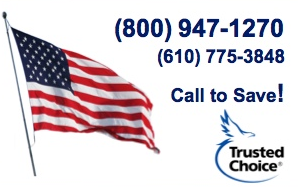
 The COVID-19 pandemic reminded restaurant owners and managers of the importance of proper sanitation - whether they’re running a food truck or a fine dining restaurant. So perhaps it’s a good idea to continue some of those additional precautions even as the mandates are lifted.
The COVID-19 pandemic reminded restaurant owners and managers of the importance of proper sanitation - whether they’re running a food truck or a fine dining restaurant. So perhaps it’s a good idea to continue some of those additional precautions even as the mandates are lifted.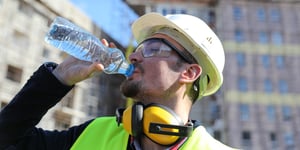 As the temperature continues to rise, so do heat-related illnesses among construction workers. The first step to minimizing your risk of these illnesses (and lowering your
As the temperature continues to rise, so do heat-related illnesses among construction workers. The first step to minimizing your risk of these illnesses (and lowering your  Commercial Insurance
Commercial Insurance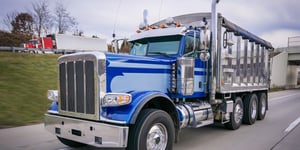 Every type of truck – including dump trucks - comes with its own set of unique hazards. If you want to lower the cost of your
Every type of truck – including dump trucks - comes with its own set of unique hazards. If you want to lower the cost of your 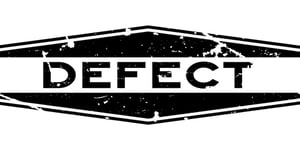 Let's face it – no one is perfect. Not even contractors. Construction defects occur, and contractors can be held liable for those defects.
Let's face it – no one is perfect. Not even contractors. Construction defects occur, and contractors can be held liable for those defects.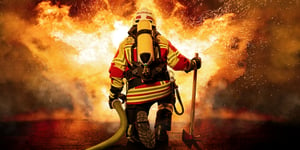 Restaurant Insurances
Restaurant Insurances In Pennsylvania, almost every employer is required to carry
In Pennsylvania, almost every employer is required to carry  Safer drivers mean fewer accidents, and fewer accidents mean lower
Safer drivers mean fewer accidents, and fewer accidents mean lower 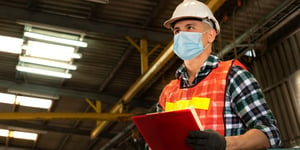 Minimizing injuries in the workplace benefits everyone – from a better quality of life for employees to higher productivity and lower
Minimizing injuries in the workplace benefits everyone – from a better quality of life for employees to higher productivity and lower 